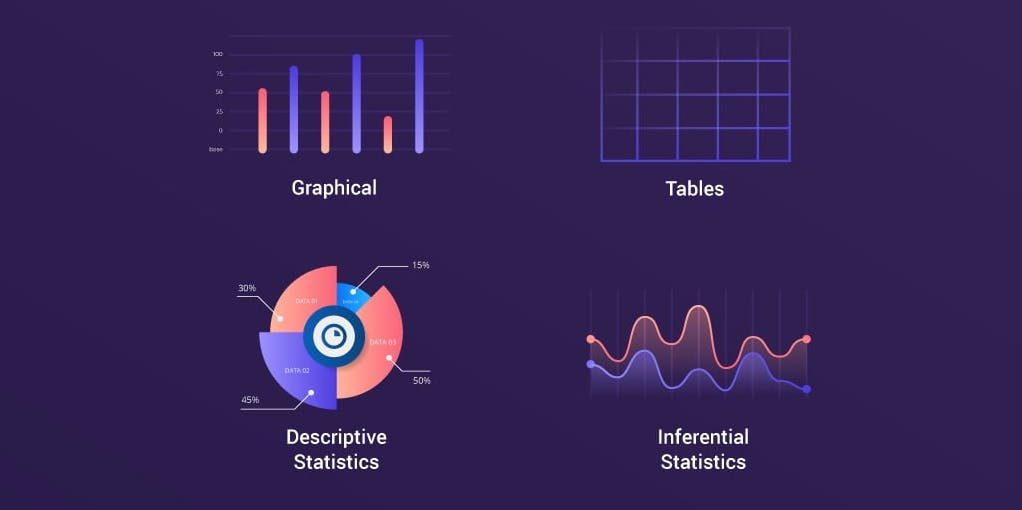Univariate Analysis (06)
Table of contents
Let's begin this Article with the First kind of EDA (Exploratory Data Analysis)

What is UVA?
Univariate analysis is a statistical technique that involves analyzing one variable at a time. It helps to identify patterns, trends, and insights within the data by examining a single variable in isolation.
To better understand univariate analysis, let's say you are a scientist studying the swimming behavior of penguins. You decide to use univariate analysis to study their swimming speed, which means examining only this one variable.
You start by collecting data on the swimming speed of several penguins over a certain period. Then, you use various techniques of univariate analysis to visualize the data, such as creating histograms, calculating summary statistics like the mean, median, and range, and using box plots or scatterplots to identify any relationships with other variables like the penguins' age or weight.
By conducting univariate analysis, you may discover interesting patterns, such as that penguins tend to swim faster in the mornings or that younger penguins swim faster than older ones. These findings can provide valuable insights to guide further research or decision-making.
The thing to be noted here is that we are just predicting or coming to a conclusion based on merely one factor, that is younger penguins swim faster, or morning time suits better, etc.,
Example
Here's a code snippet in Python that demonstrates how to perform univariate analysis on a single variable using the pandas and matplotlib libraries:
import pandas as pd
import matplotlib.pyplot as plt
# Read data from a CSV file
data = pd.read_csv('data.csv')
# Select a single column from the data
column = data['Age']
# Calculate summary statistics
mean = column.mean()
median = column.median()
mode = column.mode()[0]
std_dev = column.std()
min_val = column.min()
max_val = column.max()
# Create a histogram of the data
plt.hist(column, bins=10)
plt.xlabel('Age')
plt.ylabel('Frequency')
plt.show()
# Create a box plot of the data
plt.boxplot(column)
plt.ylabel('Age')
plt.show()
# Print the summary statistics
print(f"Mean: {mean}")
print(f"Median: {median}")
print(f"Mode: {mode}")
print(f"Standard Deviation: {std_dev}")
print(f"Minimum Value: {min_val}")
print(f"Maximum Value: {max_val}")
In this example, we start by reading a CSV file containing a dataset using the pandas library. We then select a single column from the data and calculate some basic summary statistics, including the mean, median, mode, standard deviation, minimum value, and maximum value.
We then create a histogram and a box plot of the data using the matplotlib library to visualize the distribution and any outliers or skewness.
Finally, we print out the summary statistics using formatted strings.
This code demonstrates some common techniques for performing univariate analysis on a single variable using Python.
By examining the characteristics of a single variable, we can gain insights into its distribution and make informed decisions based on that knowledge.
That's the end of the article readers!
Will be explaining more in my following blogs!
"The plural of anecdote is not data." - Roger Brinner
Do subscribe and keep supporting! 😊